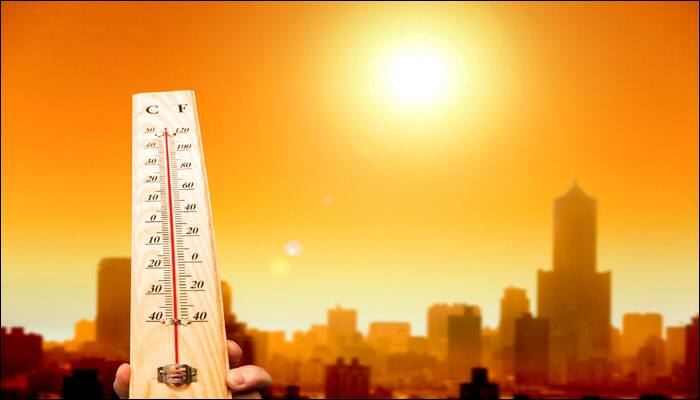New Delhi: Climate change is a phenomenon that is under constant worldwide scrutiny and have scientists, environmentalists and conservationists extremely worried.
Human tendency to exert a negative influence on ecology has given rise to a rapid increase in burning of fossil fuels, emission of greenhouse gases in the atmosphere, large-scale deforestation, loss of biodiversity, severe land degradation and environmental pollution.
Time and again, we are confronted with massive changes around the world that bear testimony to the haunting impact of the ever-changing climate.
Now, a report by the Indian Meteorologocal Department (IMD) has made an alarming statement saying that, extreme weather conditions across the country in 2016 has managed to claim 1600 lives altogether.
40 percent of the population fell victim to severe heat wave, with the rest killed by flooding and lightning.
The IMD said 2016 was the warmest year ever recorded, globally as well as in India. Phalodi in Rajasthan recorded 51 degrees Celsius, highest ever recorded in the country.
January and February were the warmest winter months ever, according to IMD, which records weather patterns since 1901.
Bihar, Gujarat and Maharashtra topped the casualty list with the states contributing 35 per cent of the total. They together recorded 552 deaths due to extreme weather patterns.
According to a report by the IMD, 40 percent of the total deaths were due to severe heat wave, which claimed more than 700 lives in the country, with Telangana and Andhra Pradesh together recording the maximum deaths, that is, more than 400.
Gujarat and Maharashtra registered 87 and 43 deaths due to heat waves respectively.
Cold wave claimed 53 lives in the country.
Lightning claimed more than 415 lives and the worst hit were the eastern states of Bihar, Odisha, Madhya Pradesh and Uttar Pradesh.
Odisha alone recorded more than 132 deaths due to lightning while 43 deaths occurred in Maharashtra.
IMD last year started issuing summer and winter forecasts with heat wave and cold wave warnings.
After two consecutive droughts, India last year had a normal monsoon, but several parts of the country witnessed heavy to very heavy rainfall, causing flooding in many areas.
More than 475 lives were lost in floods and thunderstorms. Bihar alone saw nearly 146 deaths due to flooding between July 25 to September 3.
2016 saw four cyclonic storms in Bay of Bengal, the major being severe cyclonic storm Vardah, which killed 18 people in Tamil Nadu.
"We have tried to minimise the loss of lives, especially in large scale events like cyclones and heavy rains. For example, accurate predictions helped minimise loss of lives during Vardah and prediction of heavy rains. But when it comes to events like lightning, it becomes difficult as at several instances it takes places in villages and hamlets.
"In such a scenario, mobile companies can play a pro-active role in helping disseminate information in a particular district or hamlet by sending alerts," IMD Director General K J Ramesh said.
(With PTI inputs)
















